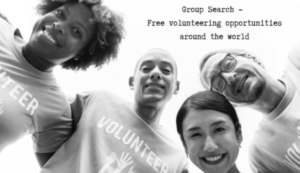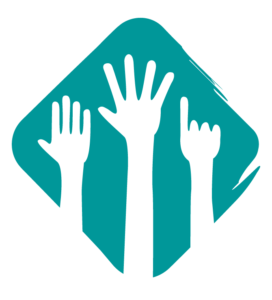
Create your own homemade mask – It only takes two minutes and it’s ready. The materials to make it: a bandage and transparent film. Avoid baking paper and remember to replace the mask every 24 hours.
DIY Coronavirus Mask
A DIY mask, useful in times of emergency to deal with the lack of commercial products. It is a very simple product to make, also with materials that are easy to find. But let’s see in detail:
- Gauzes in fabric
- Transparent film
- Scissors
- staplers
- Rubber bands
Method
Usually, the realization of this mask lasts no more than two minutes. Use this video as an example:
This mask, however, must be changed every day.
Coronavirus: when to use masks. And when they are of no use
We can trust the World Health Organization, at least when it provides urbi et orbi health indications, especially on the use of masks, with respect to the contagion of the coronavirus, its words are clear:
«The rational use of masks is the only way to avoid wasting precious resources ».
Who, how and when we should use the coronavirus mask
The category of people who need the mask is very narrow, even though in many countries is now obligatory for everyone. the mask should be worn especially by those who have precise symptoms of respiratory diseases, or anyone who needs to take care of people infected.
Difference between masks FFP1 FFP2 FFP3
The masks traditionally used in the operating room or with an anti-smog function are pretty useless. What is needed against coronavirus is a specific mask for respiratory protection, registered with three abbreviations which correspond to three models: FFP1, FFP2, FFP3. In particular, the last two models guarantee filtering efficiency between 92 and 98 percent. A correct price of these items should go from 4 to 6 euros.
How to use these masks
Before putting it on, you must wash your hands thoroughly with soap and water or with a disinfectant. Then check that there are no spaces between the face and the mask, mouth and nose must be well protected. Never touch it during use, and therefore it is absolutely wrong to remove it to answer the phone or to scratch your nose, and then put it on again. These are gestures that make the mask completely useless and make people believe to be protected when they are not, plus lower the necessary level of guard against the coronavirus.
When removing the mask, it must never be lowered from the area of the mouth, but removed from the side elastics. Otherwise, you risk contaminating your hands. In any case, after having removed the mask proceed with new handwashing. And replace the used mask with a new one as soon as it gets wet. Finally, the disposal: throw it in a closed container and clean your hands well.
Coronavirus, how not to risk infection when leaving home. Five tips>
- The safety distance. According to arithmetic averages, experts speak of 1.85 meters. In reality, staying one meter away, in any public place, should be enough so that you don’t run any risk of contagion. In fact, the virus is transmitted through the upper respiratory tract, through the famous droplets emitted by the person affected by the virus. With saliva, coughing, sneezing, tears, and shaking hands unwashed.
- Sneezing and coughing. When you are away from home and need to sneeze or have a cough, do it at a safe distance from other people. Use the handkerchief or the elbow groove. And wash your hands after you touch the handkerchief.
- How to wash your hands. For twenty-sixty seconds, with soap and water, interlacing your fingers, rubbing palm to palm well. When? After coughing and sneezing, before and after eating, when you went to the bathroom. And every time you feel the possibility of having dirty hands. To understand the essentiality of clean hands, keep in mind two factors. The first: 60 percent of the infections occur through the hands. The second: in one day we touch our face with our hands thousands of times without even realizing it.
- Masks. In many countries, it is obligatory to wear a mask. Even if it’s not obligatory, wearing a mask is better than not wearing it (as long as you use it correctly).
- Surfaces. When you are, for example, sipping a coffee at the counter of your bar, the spread of the virus through the surfaces is rather rare. In any case, the coronavirus disappears in less than a minute when the surface is disinfected with ethyl alcohol. A bit of common sense and hygiene can make a huge difference!
Visit the COVID-19 articles section
Go to the BLOG area







